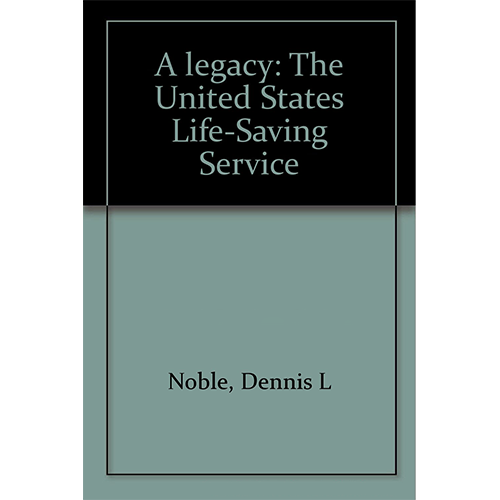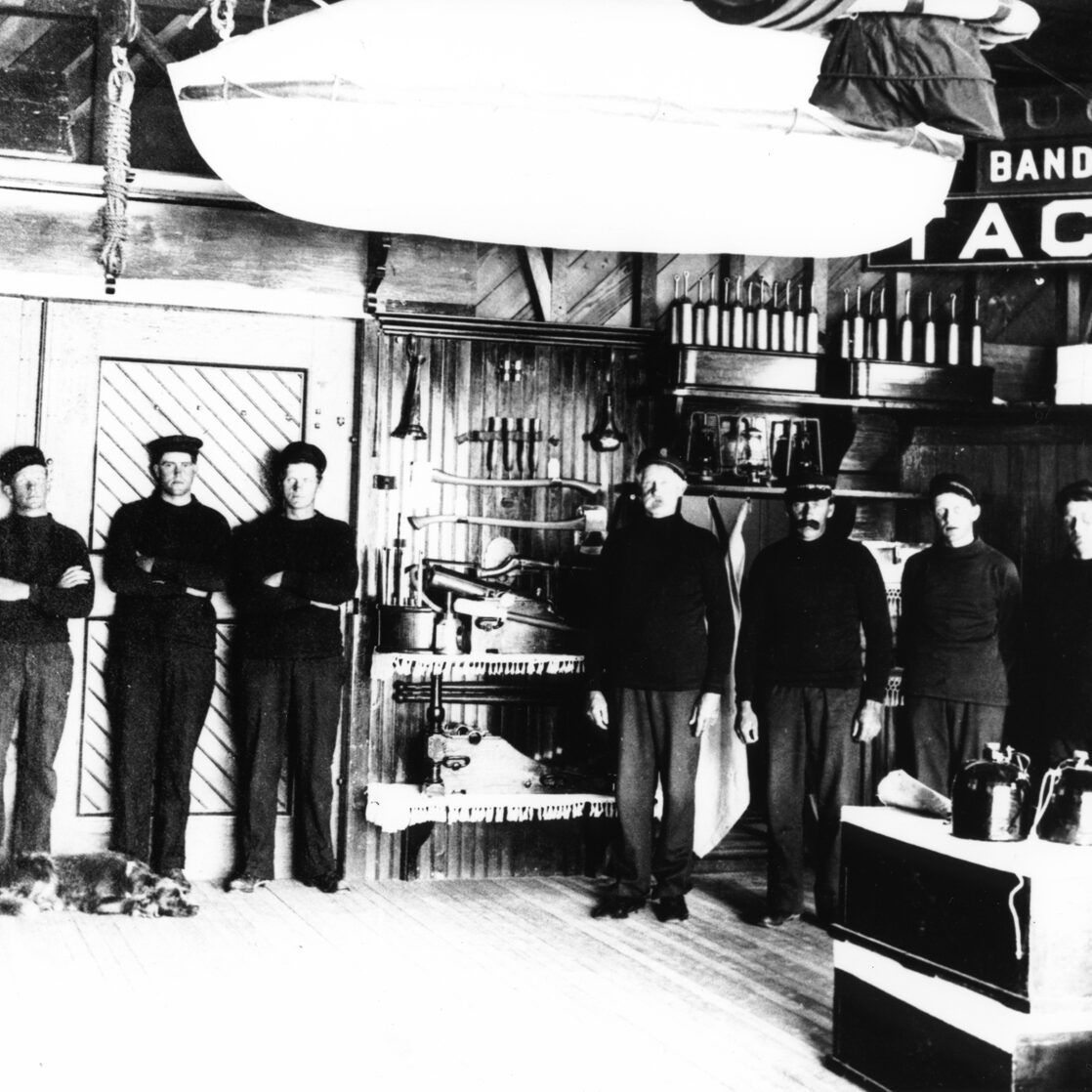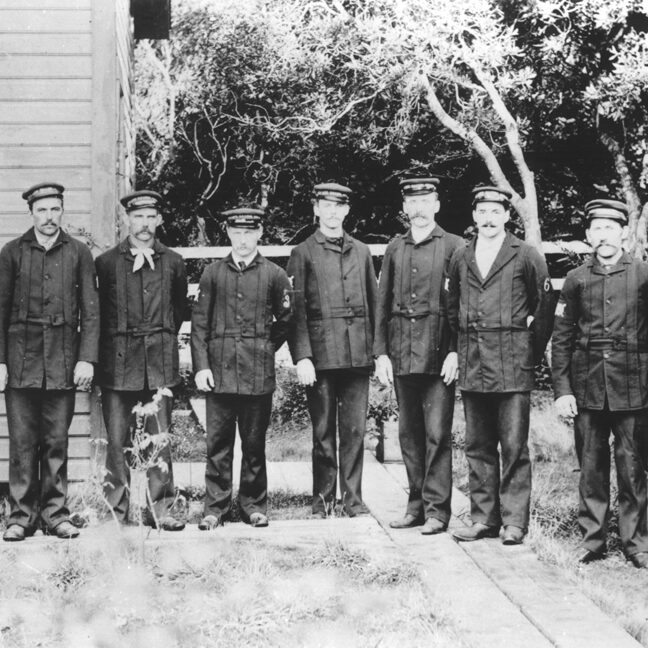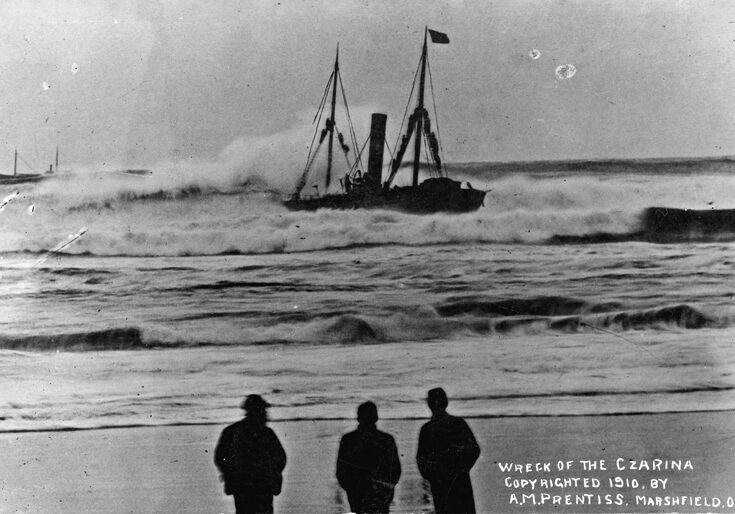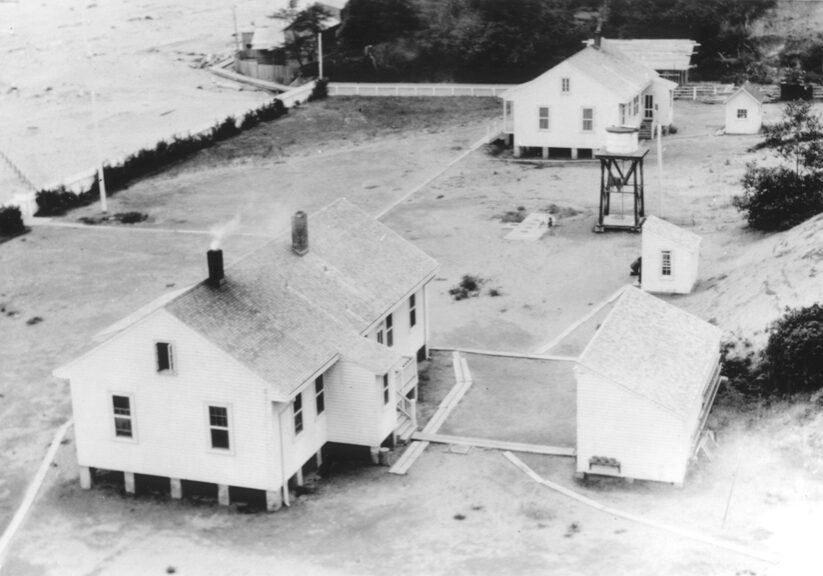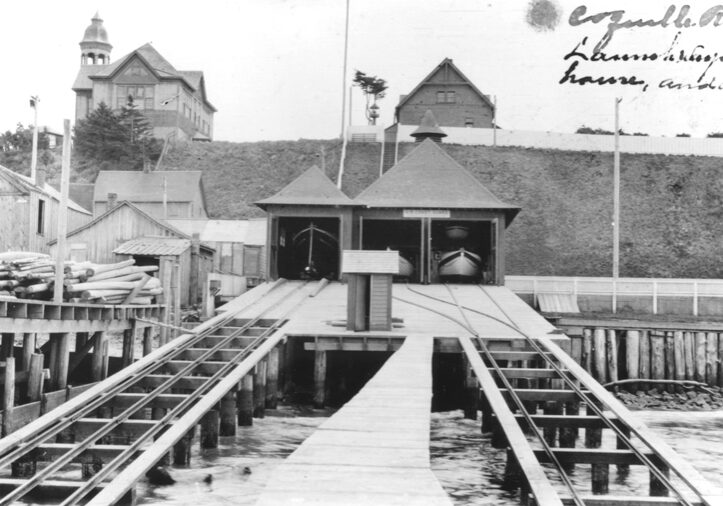Storm Fighters
They were called storm fighters, and they were called storm warriors. When wind and wave conspired to kill those who dared to tread upon the sea, the men of the United States Life-Saving Service left the comfort of their sturdy stations and entered the battle. With nothing more than wooden boats, cork life jackets and the oil-skin foul weather gear on their backs, they let their muscle, determination and bravery lead the way. Time and again they smirked in the face of danger, and stole back the lives of men who were supposed to be dead, victims intended to be claimed by shipwrecks caused by storms.
18th Century Roots
They had their roots in eighteenth century volunteer efforts in Massachusetts. The federal government took steps to back their efforts with equipment and buildings in 1848, and again in 1871. Men who had risked their lives to save others for nothing more than a thank you soon were rewarded with steady jobs, but concomitantly tasked with daily drills and other expectations.
By 1915, the rescuers of the United States Life-Saving Service - fishermen, lobstermen, crabbers, and others who grew up along America's shores - had saved more than 186,000 lives, becoming collectively the greatest institution of their kind in the world.
Introduction To USLSSHA
Watch the story of the Lifesavers unfold over the history of their service to this country and the countless lives saved and the tragic loss of life suffered because of shipwrecks along our sea coasts and Great Lakes until the U.S. Government stepped up to take action based on the tragic loss of life. This is their brief video story.
Video is 4 minutes and 50 seconds long and will give you a good understanding of the men and equipment of the service.
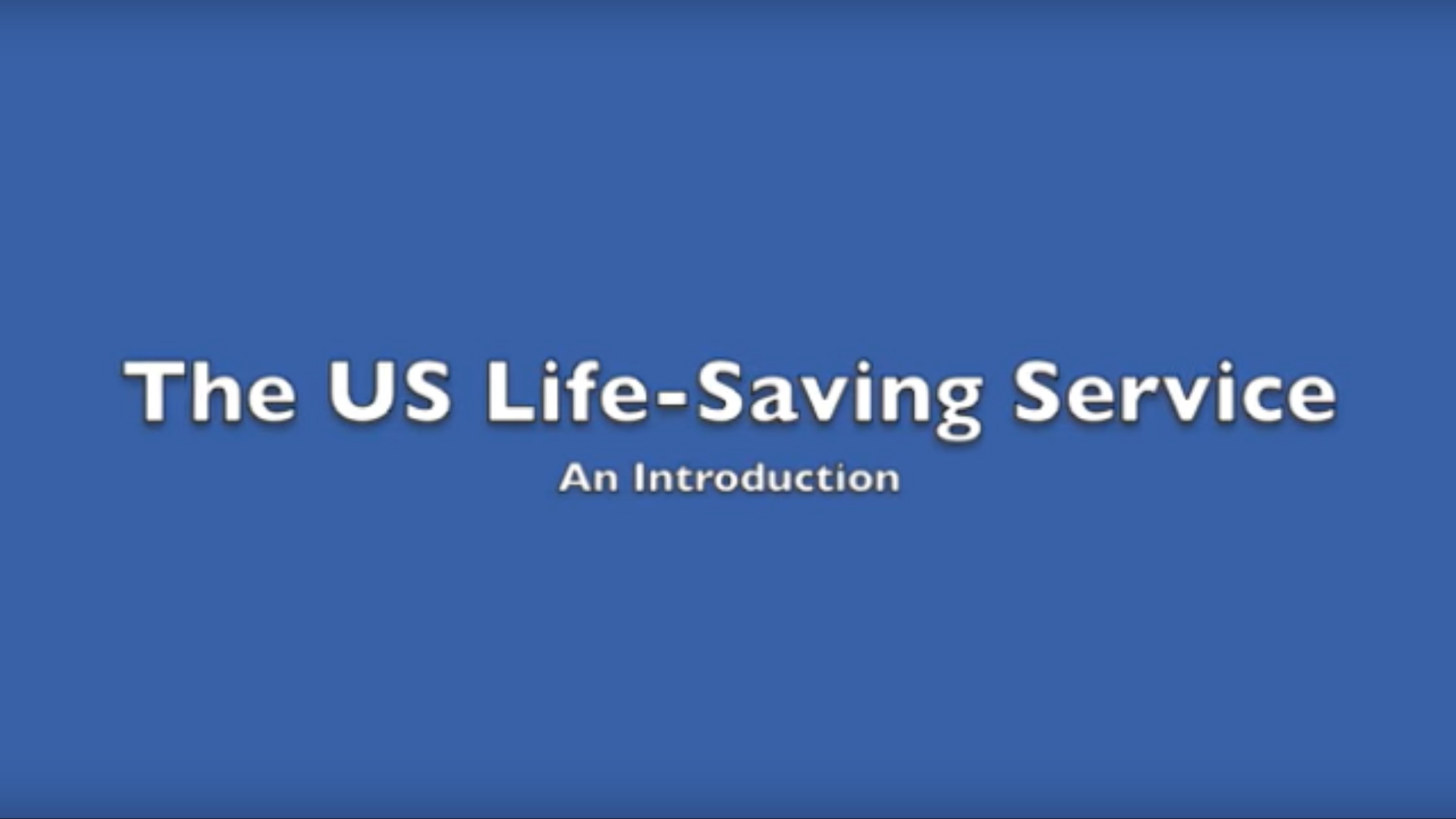
Read All About USLSS
To read a brief history of the USLSS, please download this informative history written by Dennis L. Noble who is a retired Coast Guard senior chief with a doctorate in history from Purdue University. He is the author of several books on the history of the Coast Guard, including That Others Might Live: The U.S. Life-Saving Service, 1878-1914, Lighthouses and Keepers: The U.S. Lighthouse Service and its Legacy and Lifeboat Sailors: Disasters, Rescues and the Perilous Future of the Coast Guard’s Small Boat Stations.
Chronology of Early Lifesaving
300 BC
Pharos, the massive lighthouse at Alexandria, Egypt, is built to guide seamen.
46 BC
Roman law establishes regulations requiring assistance to shipwrecked seamen and provides that owners of vessels have one year and a day to file claims for recovery of wrecked ships and cargo.
1484 AD
Richard III of England provides that those taking advantage of shipwrecked seamen shall forfeit their possessions, be tied to a post in the center of their home, and the house be burned.
1708
Earliest Chinese life-saving services documented. Monies and prizes are awarded for significant rescues. First of many was the “Chinkiang Society for the Saving of Life.” Detailed rules applied for rescues, including a scale of funds vs. type of rescue performed, plus awards, and funds for burying the dead. Punishments were also set forth for poor performance and/or malfeasance.
1767
Dutch establish Humane Society.
1774
British Humane Society formed. Later became the British Royal Humane Society
1785-86
A group of friends meet at the “Bunch of Grapes Tavern” in Boston with a blind Englishman, Doctor Moyes. He provides background of British Humane Society. In January 1786, the Humane Society of the Commonwealth of Massachusetts is formed. Governor James Bowdoin is elected first president. Society offers prizes to anyone who might develop a technique for reviving persons “near death” by drowning or overcome by smoke or gases. Within a few years, the Massachusetts Humane Society constructs “Huts of Refuge” so that shipwrecked persons might find shelter along the coast of Massachusetts.
1789
Congress assumes responsible harbors and approaches.
1790
On August 4, President George Washington signs legislation authorizing Alexander Hamilton, Secretary of the Treasury, to build 10 cutters to collect duty in American ports. The date is celebrated as the birthday of the U.S. Coast Guard.
1807
Mass Humane Society builds first surfboats and equips many “Huts of Refuge” with boats and equipment to be used by volunteer crews in rescues.
1848
Congress passes the Newell Act, which provides construction of structures to house life-saving rescue equipment in traditional shipwreck areas, principally the New Jersey coastal approaches to New York harbor.
1852
U.S. Lighthouse Board created by Congress to better administer lighthouse/lightship responsibilities and to correct the many deficiencies within the establishment. Many lighthouses are upgraded with Fresnel lenses.
1871
U.S. Life-Saving Service [USLSS] is established. Approximately 280 stations are built on the East and West Coasts plus Great Lakes to aid in the rescue of shipwrecked men. Sumner I. Kimball is appointed under Secretary Boutwell in 1871 to become the head of the Revenue Marine Division.
1878
Sumner I. Kimball becomes the first and only General Superintendent of the USLSS. The USLSS is re-organized as a stand alone organization within the Treasury Department.
1915
On January 20, 1915 the U.S. Revenue Cutter Service and U.S. Life-Saving Service are combined and renamed U.S. Coast Guard.
1939
In July, Congress merges U.S. Lighthouse Service with the U.S. Coast Guard.
You can Help Preserve History
Join the USLSSHA
The U.S. Life-Saving Service Heritage Association helps with station and artifact preservation issues, educates the general public and educates communities all over the country, each and every single day. Click on the text below that you are interested in.

